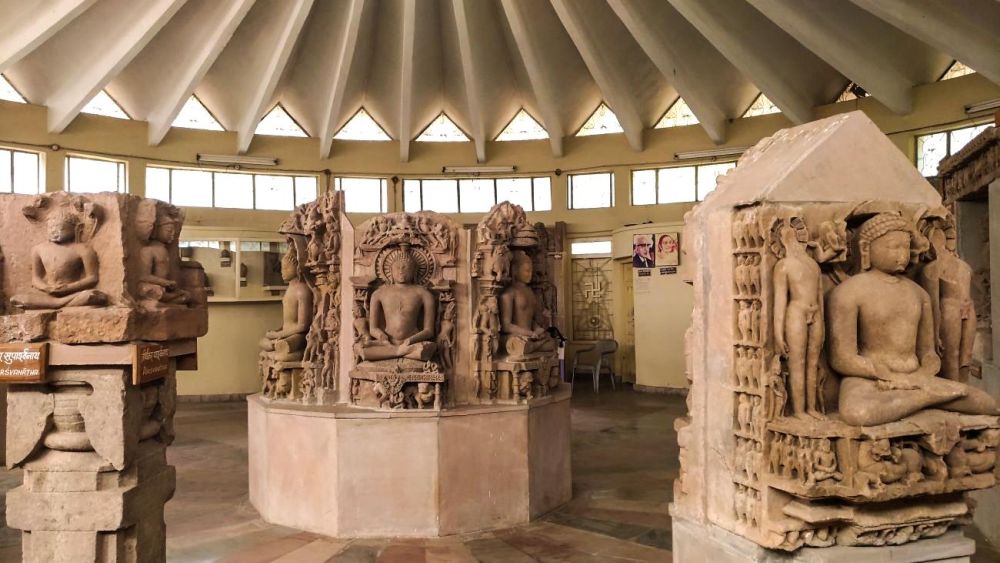

Located in the heart of central India in Madhya Pradesh, the Archaeological Museum Khajuraho offers a profound glimpse into the rich cultural and historical legacy of the region. Khajuraho itself is famed for its ancient temples that date back to the 10th century, under the Chandela dynasty, recognized for their exquisite erotic sculptures and intricate architecture which have been a cornerstone in Indian temple architecture.
The narrative of tourism in Khajuraho began in earnest in the 20th century when the temples were rediscovered by British engineer T.S. Burt in 1838. Gradually, as its profound artistic value was recognized, Khajuraho grew into an internationally renowned tourist destination. The UNESCO World Heritage Site designation in 1986 cemented its place on the global cultural map.
Following the influx of tourists, the Archaeological Museum Khajuraho was established by W.A. Jardine in 1910 to preserve and display the site’s archaeological wealth. Since its inception, the museum has played a pivotal role in educating visitors about the region's historical narrative through its extensive collection of sculptures and artifacts. In recent years, the museum's gallery housing the remains of temple architecture and sculptures has attracted millions of history aficionados and cultural tourists worldwide.
In recent years, tourism trends in Khajuraho have shifted towards a more holistic cultural experience. Visitors are not only interested in the temples and museum but also in the: 1. Sound and Light Show: A nighttime event that vividly narrates the history of the Chandela dynasty and the creation of the temple complex, complete with illuminations of the temples. 2. Dance Festival: The annual Khajuraho Dance Festival, which showcases classical Indian dances alongside the backdrop of the illuminated temples, draws performers and enthusiasts from across the globe.
Further aiding the growth in tourism, the local government has invested in improving infrastructure with better roads, increased accommodation options, and enhanced visitor facilities to make the experience more enriching.
The Artefacts: The museum is home to over 2000 sculptures and artefacts, which include intricate stonework from the temples, retrieved during restoration efforts.
The Galleries: There are five galleries in total, presenting a chronological display that takes one back through the times of the Chandelas.
The Preservation Efforts: The museum is involved in constant preservation work, ensuring that the artefacts from Khajuraho's temples are protected for future generations to study and appreciate.
To truly appreciate the heritage of Khajuraho, visitors should allocate ample time for both the temple complex and the Archaeological Museum. The museum's labels and information are well-curated, making it accessible to both scholars and laymen.
Khajuraho is best visited during the cooler months from October to March. Tourists should be mindful of the cultural significance of the site and respect local customs and dress codes. Additionally, hiring a knowledgeable guide can greatly enhance the understanding and enjoyment of the museum and the adjoining temples.
The Archaeological Museum Khajuraho stands as a testament to India's ancient civilization and remains a vital part of the subcontinent's rich tapestry of history and art, continuing to intrigue and inspire visitors from around the world.